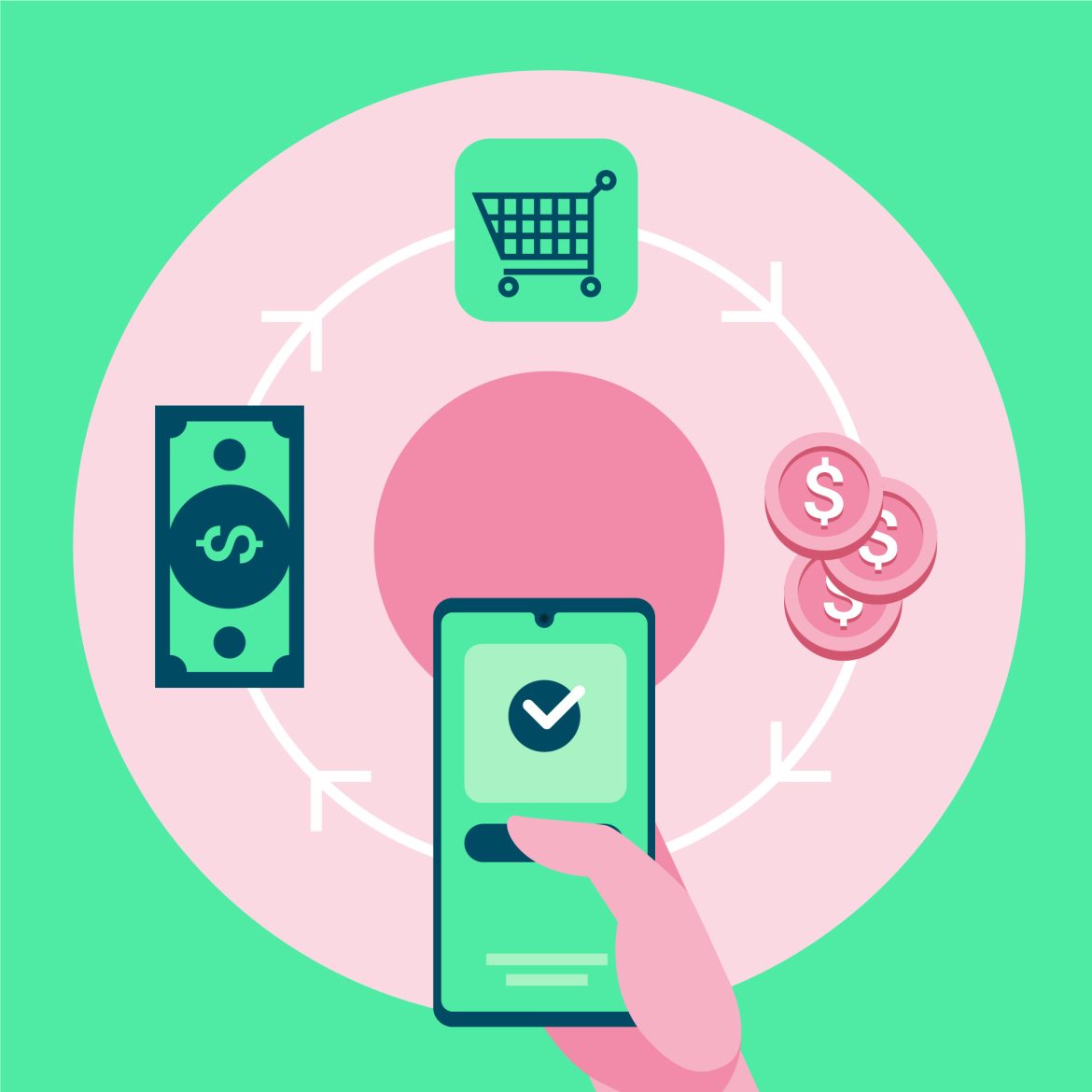Introduction: The Strategic Role of Payment Integration in SaaS
Payment processing has evolved from a back-office task to a strategic pillar of customer experience, revenue development, and worldwide scalability in today’s subscription-driven software economy. Selecting the best payment processor for SaaS companies involves more than just making money. It’s about lowering attrition, automating compliance, streamlining billing processes, and providing a consistent user experience across currencies and geographies.
Customer expectations are changing along with the digital landscape. Consumers anticipate seamless, transparent, and secure billing. Founders and finance executives actively seek providers that support global expansion, tax compliance, recurring billing, and rich APIs. In this situation, choosing the appropriate payment source to integrate with becomes crucial and can have a big impact on a SaaS company’s long-term performance.
Understanding SaaS Payment Workflows
Workflows for SaaS payments are intricate. Subscription billing, usage-based business models, free trials, upgrades, downgrades, and client retention strategies are usually included. SaaS companies, in contrast to e-commerce platforms, require billing systems that can handle a variety of pricing methods and recurring revenue concepts.
In this market, payment processors have to do more than just handle transactions. Features including localized pricing, dunning management, automated invoicing, tax computation, and reporting must be supported. Because they provide developer-friendly APIs, strong compliance tools, and smooth user interfaces, providers like Stripe, Paddle, Braintree, and Chargebee have become industry leaders.
But there’s no one-size-fits-all answer. The size, business strategy, clientele, and expansion goals of your SaaS firm all influence the best payment provider. Making the incorrect decision may result in income leakage, high transaction costs, or integration issues.
Key Criteria for Choosing a SaaS Payment Provider
Choosing a payment provider requires a careful evaluation of both technical and business criteria. Here are the key factors to consider:
-
Recurring Billing and Flexibility:
Because SaaS companies rely on recurring income, a supplier needs to offer proration, usage-based pricing, trial management, and flexible payment cycles. Seek out systems that support these models natively and don’t require custom programming.
-
Global Payment Support:
Your payment partner should handle several currencies, widely used local payment methods (such as SEPA, UPI, or iDEAL), and language localization because SaaS products frequently serve clients from throughout the world. Higher conversion rates and improved customer satisfaction in all markets are made possible by this.
-
Tax Compliance and Invoicing:
It might be difficult to manage sales tax, VAT, and GST in several geographical areas. Select a supplier that offers automated invoicing and integrated tax computation solutions. Certain platforms, such as Paddle, manage your tax obligations as a Merchant of Record.
-
Developer Experience and API Quality:
This system will need to be integrated and maintained by your engineering team, thus clear documentation, clean APIs, and SDKs are essential. Implementation time and maintenance effort can be greatly decreased by providers who offer sandbox environments and real-time monitoring.
-
Security and Compliance:
In today’s world, PCI-DSS compliance, tokenization, data encryption, and fraud detection are essential. Customers are more likely to trust a service who is safe and compliant.
-
Reporting and Analytics:
Finance and growth teams may make well-informed decisions with the use of robust financial reporting, revenue recognition assistance, and MRR/ARR dashboards. An further benefit is integration with accounting programs like NetSuite or QuickBooks.
Common Challenges in SaaS Payment Integration
Even with the availability of contemporary platforms, there are still a number of difficulties in integrating payment systems. Inadequate integrations may result in unsuccessful renewal attempts, interrupted billing cycles, and irate customers.
-
Fragmented Tech Stack:
A lot of SaaS businesses combine customer support, product analytics, and CRM. To maintain a consistent customer perspective and guarantee reliable data flow, it is essential to integrate the payment provider with these systems.
-
Churn Due to Payment Failures:
One of the main concerns is involuntary churn, which occurs when customers are lost as a result of unsuccessful payments. Seek out suppliers who give tools to update expired cards, automated dunning emails, and intelligent retry logic.
-
Revenue Leakage:
Without adequate validation and reconciliation, organizations may lose income owing to lost invoices, duplicate charges, or underbilling. Features for automated reconciliation and real-time monitoring are essential.
-
Migration Risks:
Later payment provider switching can be complicated and dangerous, particularly if client billing information is difficult to transfer. It is preferable to work with a scalable provider to future-proof your system early.
Balancing Cost with Long-Term Value
Don’t make the mistake of selecting a supplier only on the basis of pricing, even though setup and transaction fees are significant. Think about the value offered in terms of scalability, automation, and customer retention.
For instance, Stripe may appear more expensive than some options, but it offers global infrastructure, fraud monitoring, and top-notch APIs. On the other hand, Paddle’s Merchant of Record approach, which streamlines tax and compliance management, would make it more appropriate for SaaS firms aiming to reach international markets.
In the end, the ideal supplier should do more than simply handle payments; they should also assist your SaaS company in expanding.
Conclusion: A Strategic Investment in Growth
Selecting the best SaaS payment provider is a strategic investment in the scalability, customer happiness, and financial stability of your product, not just a technical one. SaaS founders and financial executives may establish a solid basis for long-term success by closely examining characteristics like billing flexibility, compliance automation, worldwide support, and API strength.
Your payment requirements will change as your business does. The top payment processors are long-term collaborators on your career path, not only suppliers. Make an informed decision, and as your SaaS platform expands into new markets and revenue streams, review it from time to time.

